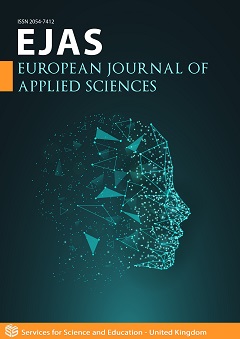The Bell Can Be Un-Rung Climate Change Can Be Undone
DOI:
https://doi.org/10.14738/aivp.126.17903Keywords:
climate change, reverse, water vapor, reduce concentration water vapor, CO2 not cause, undo climate changeAbstract
Commencing nearly a decade ago, the scientific literature has shown that changes in the concentration of water vapor, a greenhouse gas with a heating power 400 times greater than carbon dioxide, CO2, closely match changes in the average global temperature. The foregoing notwithstanding, while there is no correlation between changes in the average global temperature and changes in the concentration of CO2; still a large community of interests including the Intergovernmental Panel on Climate Change (IPCC), academia, agencies of government, various research institutions and enterprises, tens of thousands of scientists, public officials and policy makers which have worked for over three decades without proof, continue to assert that it is the increasing atmospheric concentration of CO2 that drives global warming. Thus, the myopic focus of this de-carbon community remains reducing carbon emissions. This is a major problem, because, while the data and the physics have clearly shown that when the global concentration of water vapor is reduced, the result is global cooling and reductions in catastrophic weather. and these relationships have not been discussed in the preeminent scientific literature. As a direct consequence, no steps to drive increased precipitation to reduce the concentration of water vapor have been undertaken. As each year passes, the size of the reduction sufficient to reverse global warming grows, thus, increasing the time necessary to effect this, whichmay take decades as annual devastation from catastrophic weather increases at a rate of $45 bn US every decade. To fight climate change, the policy must change to focus on encouraging the development of effective, efficient and sufficient means of increasing precipitation.
Downloads
Published
How to Cite
Issue
Section
License
Copyright (c) 2024 William Van Brunt

This work is licensed under a Creative Commons Attribution 4.0 International License.






